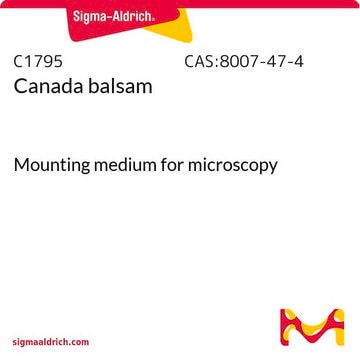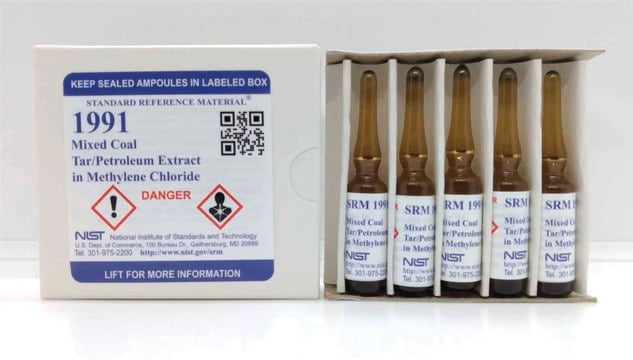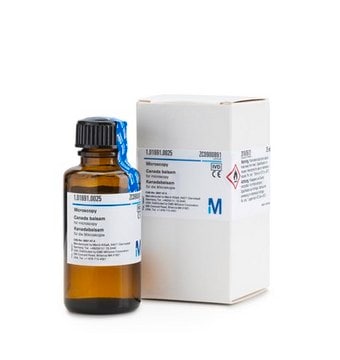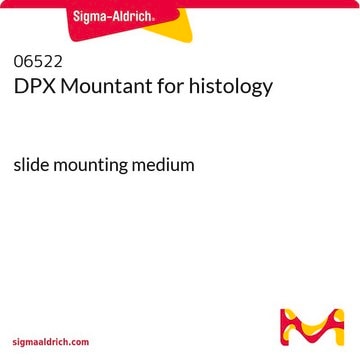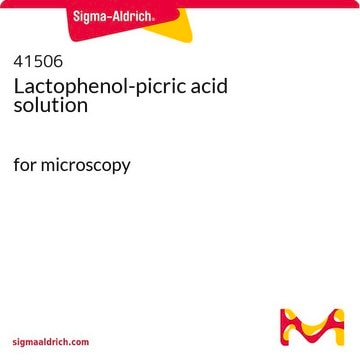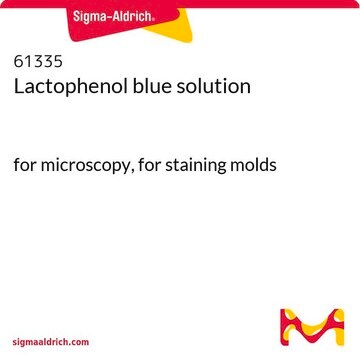03854
Creosote from beechwood tar
Sinónimos:
Beechwood creosote
About This Item
Productos recomendados
Nivel de calidad
residuo de ign.
≤0.01% (as SO4)
bp
200-220 °C (lit.)
temperatura de transición
solidification point <−20 °C
densidad
1.09 g/mL at 20 °C
aplicaciones
metabolomics
vitamins, nutraceuticals, and natural products
InChI
1S/C7H8O2/c1-9-7-5-3-2-4-6(7)8/h2-5,8H,1H3
Clave InChI
LHGVFZTZFXWLCP-UHFFFAOYSA-N
¿Está buscando productos similares? Visita Guía de comparación de productos
Categorías relacionadas
Descripción general
Aplicación
Acciones bioquímicas o fisiológicas
Palabra de señalización
Danger
Frases de peligro
Consejos de prudencia
Clasificaciones de peligro
Acute Tox. 3 Dermal - Acute Tox. 3 Oral - Acute Tox. 4 Inhalation - Aquatic Chronic 2 - Eye Dam. 1 - Muta. 2 - Skin Corr. 1A - STOT RE 2
Órganos de actuación
Nervous system,Kidney,Liver,Skin
Código de clase de almacenamiento
6.1A - Combustible acute toxic Cat. 1 and 2 / very toxic hazardous materials
Clase de riesgo para el agua (WGK)
WGK 3
Punto de inflamabilidad (°F)
165.2 °F - closed cup
Punto de inflamabilidad (°C)
74 °C - closed cup
Equipo de protección personal
Faceshields, Gloves, Goggles, type ABEK (EN14387) respirator filter
Choose from one of the most recent versions:
¿Ya tiene este producto?
Encuentre la documentación para los productos que ha comprado recientemente en la Biblioteca de documentos.
Nuestro equipo de científicos tiene experiencia en todas las áreas de investigación: Ciencias de la vida, Ciencia de los materiales, Síntesis química, Cromatografía, Analítica y muchas otras.
Póngase en contacto con el Servicio técnico